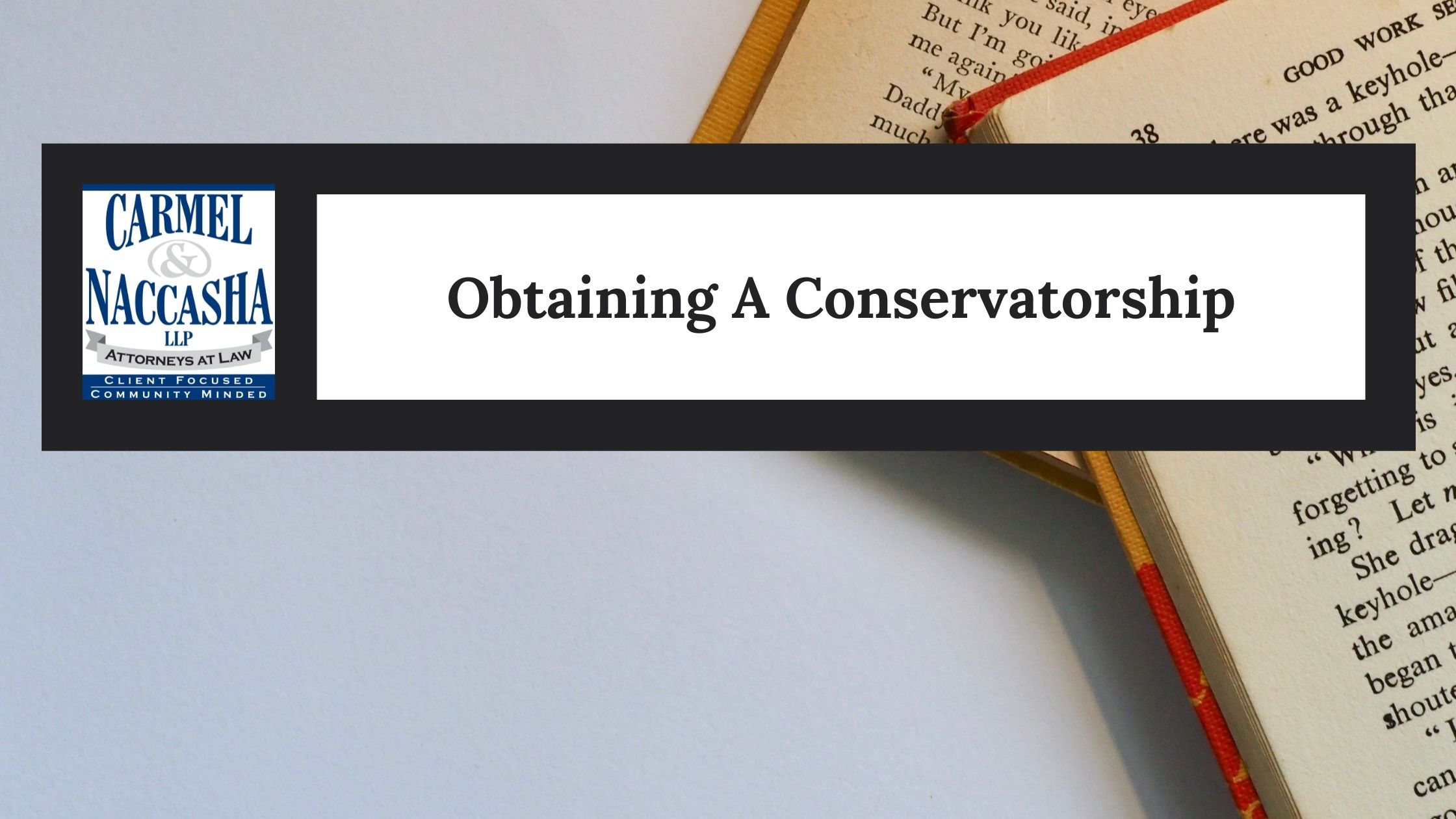What is a Conservatorship?
A conservatorship is a court process in which a judge determines if an individual (the conservatee) lacks the ability to care for their physical needs (conservatorship of the person) or their financial needs (conservatorship of the estate). If the court agrees that a conservatorship is needed, the court will appoint an individual as the conservator.
First Steps
The first step a party interested in obtaining a conservatorship needs to do is to complete the petition for a conservatorship, a detailed series of forms asking for personal information of the conservatee and the proposed conservator. The petitioner will be required to provide some personal identifying information, and a description of the problems the conservatee is facing. Failure to include all required information can result in a denial of the petition or continuances until this information is provided.
Once this underlying information is obtained, the petitioner should retain the services of an experienced attorney to help walk them through the conservatorship process. Your attorney can assist in preparing the forms, answering questions, filing and serving the petition, filing additional paperwork, answering probate deficiencies, and appearing on your behalf at court.
The Hearing
Once a petition is filed with the court, a hearing will be set. A hearing is generally heard forty-five (45) to sixty (60) days after the petition was filed with the court. Before the hearing, all necessary parties must be served a notice of the hearing. Failure to provide timely notice to the necessary parties will likely result in a continuance of the hearing. Notice must be served upon the proposed conservatee. Assuming the forms are complete, no one objects to the petition and notice is proper, the court should grant the petition at the first hearing.
Representing the Conservatee
The court has the discretion of appointing an attorney to represent the proposed conservatee. The job of the proposed conservatee’s attorney is to inform the court of the conservatee’s position and advocate for that position. This may result in a situation where the attorney is advocating for a position the proposed conservator disagrees with, for example, the conservatee can take care of herself and does not need any care or that a different person should provide the care. If the proposed conservatee or another interested party objects to the petition, the court will set the matter for a contested hearing.
What do I Need to Prove?
At the contested hearing, the petitioner has the burden of showing that a conservatorship is necessary and that the proposed conservatee lacks the ability to provide for their physical health and well being or their finances. If that burden is met and the proposed conservatee cannot refute it, the court should grant the petition.
Posting a Bond
Finally, if you are seeking a conservatorship of the estate, you will have to post a bond. A bond is a surety to protect the estate of the conservatee from any misappropriated funds, theft, embezzlement or other bad acts by the conservator against the conservatee. Before taking this step, it is recommended that you reach out to an experienced attorney who can help you with the conservatorship process.
Contact Legal Professional
The information provided herein does not, and is not intended to, constitute legal advice; instead all information, content, and materials are for general informational purposes only.
If you have any questions, please contact Carmel & Naccasha, and for more details, read our full disclaimer.
If you have any questions about this article, please contact attorney Victor Herrera for any further questions you may have regarding conservatorships.



